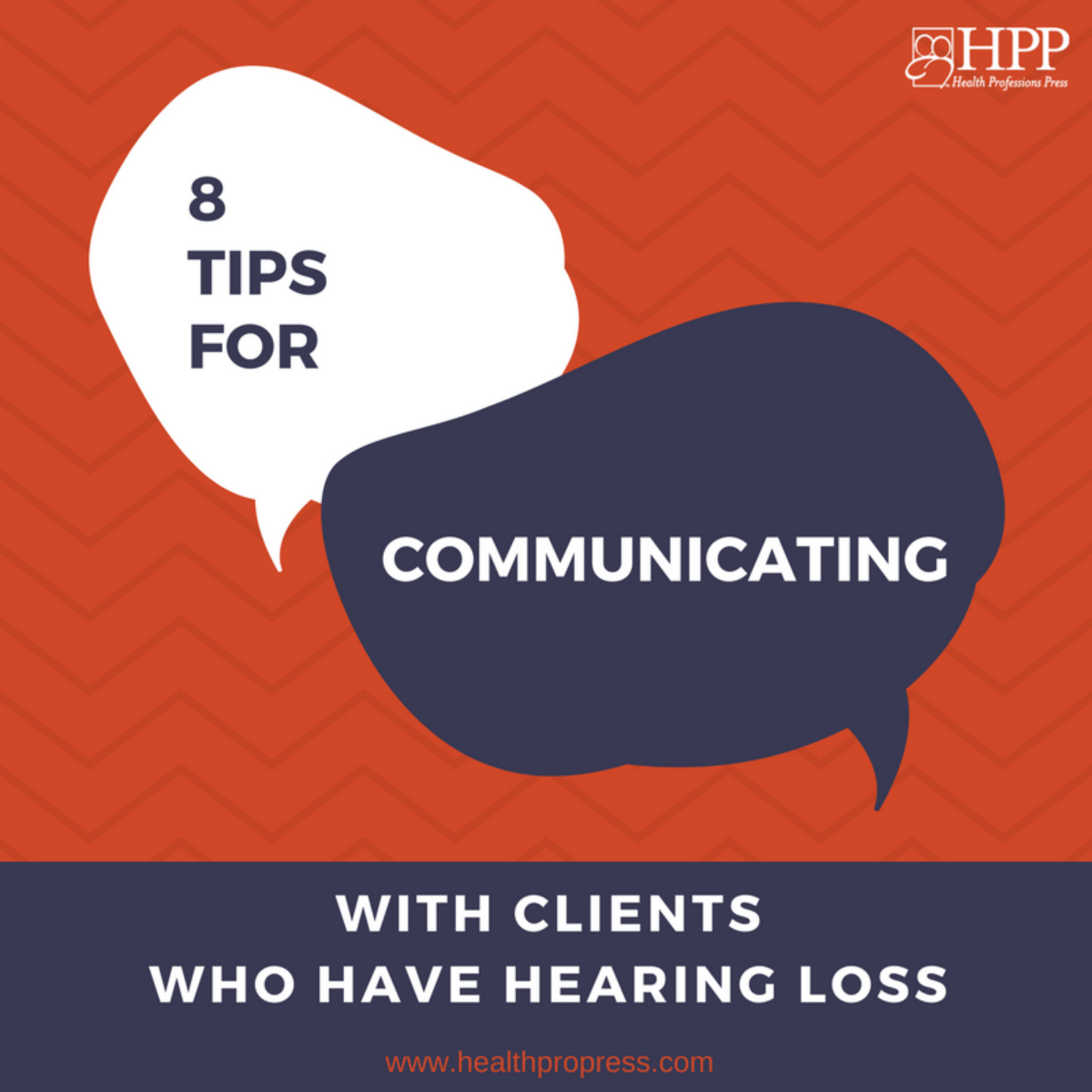
8 Tips for Communicating with Clients Who Have Hearing Loss
Hearing is one of the first senses affected by the aging processes, and often makes communication more difficult, causing older adults to withdraw socially. Many older adults simply give up and tell themselves that it does not matter if they cannot hear what others are saying. They may view it as too much work (or too embarrassing) to constantly ask people to repeat themselves.
These disruptions of daily life may seem small or insignificant to a person with intact hearing, but for a person who is hard of hearing or deaf, difficult listening situations are a way of life, all day long, every day.
Here are some tips to help you communicate with someone with hearing loss or language comprehension problems.
Speak louder, but do not shout.
Shouting distorts speech and makes it more difficult to understand.
Speak slowly, giving the person more time to understand you.
But do not make speech unnatural.
Provide more information if the person does not understand.
For example, if you said, “Joe is coming over at 3 o’clock,” and the message was not understood, you could provide more information and rephrase: “Your son Joe is coming for a visit in about an hour.”
Make sure the person is paying attention to you and knows that you are speaking.
Attract attention by placing your face in their line of sight and/or by touching the person.
Reduce background noise.
Turn off the TV or go into a quiet room.
Make sure your mouth is visible.
If the person depends on visual input such as lip reading, make sure your mouth is not hidden. Do not chew gum!
Make sure you are face to face before you begin.
Do not call out or try to have a conversation from another room.
Give the person cues about the topic of conversation.
For example, if you want to discuss an event, introduce it first: “I would like to tell you about my trip to Chicago….”
This post was adapted from Environment & Communication Assessment Toolkit (ECAT™) for Dementia Care by Jennifer Brush, Margaret Calkins, Carrie Bruce, and Jon Sanford, Copyright © 2012 by I.D.E.A.S., Inc. All rights reserved.
Read the book!
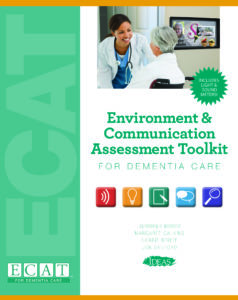
Environment & Communication Assessment Toolkit (ECAT™) for Dementia Care
By Jennifer Brush, M.A., CCC-SLP, Margaret Calkins, Ph.D., CAPS, EDAC, Carrie Bruce, M.A., CCC-SLP, ATP, and Jon Sanford, M.Arch.
Copyright © 2012 by I.D.E.A.S., Inc.
With this innovative toolkit, identify simple changes you can make in the care environment to drastically improve everyday functioning of people with dementia—light and sound meters included!

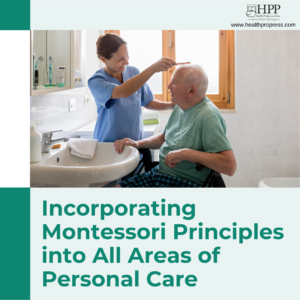
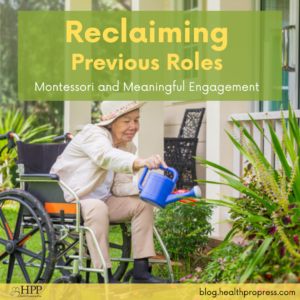
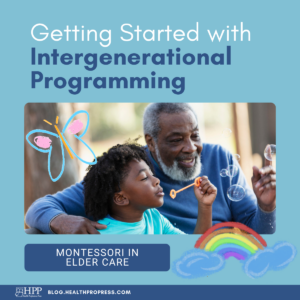
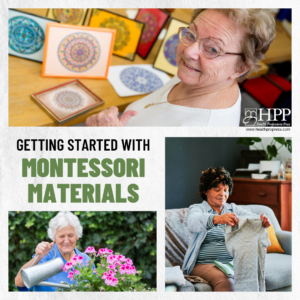
Add comment